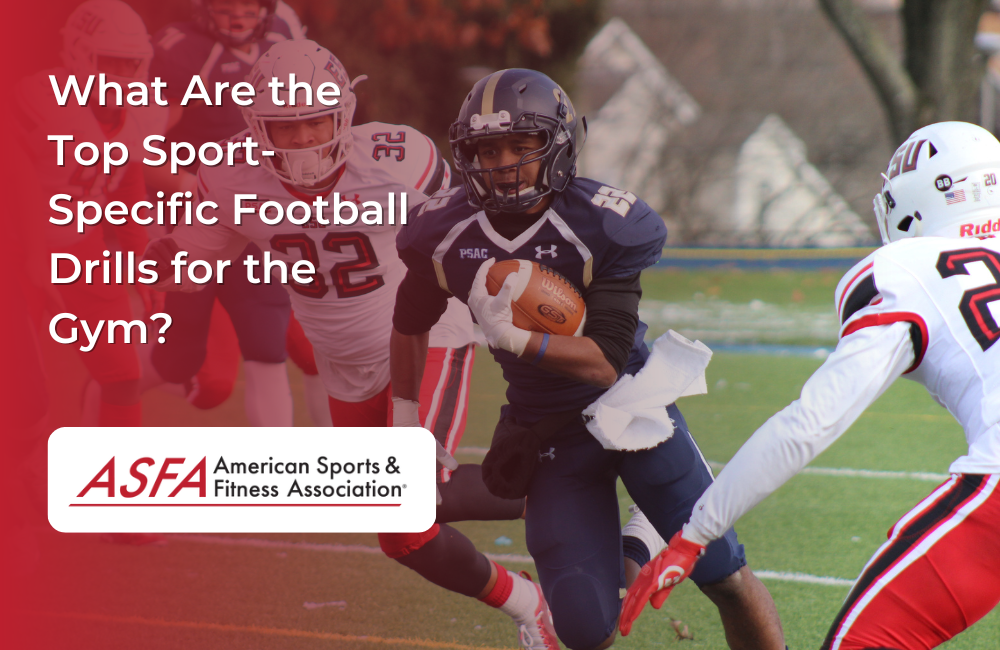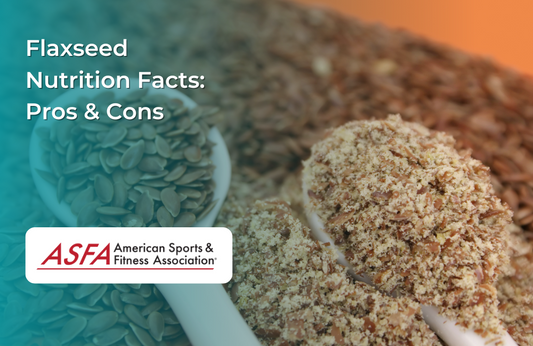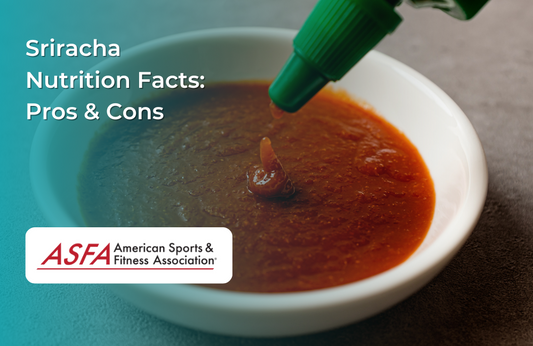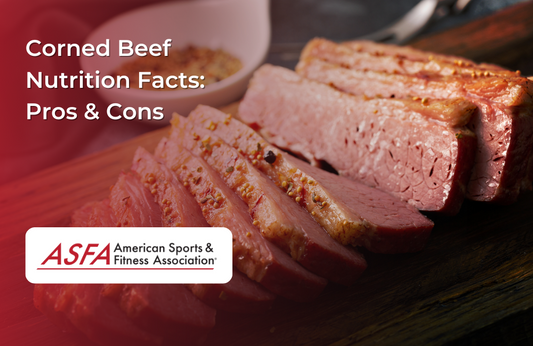Football requires a combination of strength, power, speed, agility, and endurance. While on-field drills improve technical skills, gym workouts play a crucial role in developing the physical attributes needed for high-level performance. Incorporating sport-specific exercises ensures that training in the gym translates directly to improved movement, explosiveness, and durability on the field.
Understanding Strength and Power
Strength and power are essential components of football training. Strength refers to the ability to exert force against an external load, while power is the ability to generate force quickly. Football athletes require a combination of strength and power to perform explosive movements on the field, such as sprinting, jumping, and tackling.
To develop strength and power, football players should focus on resistance training exercises that target the major muscle groups, including the legs, hips, back, and upper body. Exercises such as squats, deadlifts, bench press, and rows are effective for building strength and power.
In addition to resistance training, football players should also incorporate plyometric exercises into their training sessions. Plyometric exercises, such as jump squats and box jumps, are designed to improve explosive power and can be modified to suit the individual needs and skill level of each player.
Trap Bar Deadlifts
Purpose: Enhances lower-body power, core stability, and explosive strength, essential for sprinting, tackling, and driving through opponents. Trap bar deadlifts also contribute to muscle growth, which is essential for building foundational strength.
Execution:
-
Stand inside the trap bar with feet shoulder-width apart.
-
Grip the handles and brace the core while keeping the chest up.
-
Push through the heels and extend the hips to lift the bar.
-
Lower the weight with control, maintaining proper form.
Squats
Purpose: Builds overall leg strength, explosiveness, and balance, improving sprint speed and agility. Squats also contribute to increasing muscle mass, which is crucial for explosive movements.
Execution:
-
Stand with feet shoulder-width apart, barbell resting on the upper back.
-
Lower the body by bending the knees and hips while keeping the chest up.
-
Drive through the heels to return to the starting position.
Bench Press for Upper Body Strength
Purpose: Strengthens the chest, shoulders, and triceps, which are critical for blocking and upper-body engagement.
Execution:
-
Lie flat on a bench and grip the bar slightly wider than shoulder-width.
-
Lower the bar to the chest while keeping control.
-
Press the bar back up until the arms are fully extended.
Power Cleans
Purpose: Develops explosive power and coordination, mimicking the rapid movements required in football.
Execution:
-
Start with the bar on the floor, feet hip-width apart.
-
Pull the bar upward, extending the hips explosively.
-
Catch the bar in a front squat position before standing up.
Building Upper Body Strength
Upper body strength is critical for football players, particularly those who play positions that require blocking, tackling, and throwing. The bench press is a fundamental exercise for building upper body strength, targeting the chest, shoulders, and triceps.
To build upper body strength, football players should aim to perform the bench press with proper form and technique, using a weight that allows them to complete the desired number of repetitions. Advanced athletes can also incorporate variations of the bench press, such as the incline bench press and decline bench press, to target different muscle groups.
In addition to the bench press, football players should also incorporate other upper body exercises into their training sessions, such as rows, pull-ups, and shoulder presses. These exercises can help improve overall upper body strength and stability, reducing the risk of injury and improving performance on the field.
Speed and Agility Drills
Sled Pushes
Purpose: Improves acceleration, lower-body strength, and endurance, mimicking the drive required for sprinting and tackling.
Execution:
-
Load a sled with an appropriate weight.
-
Lean forward slightly and drive through the legs, pushing the sled forward.
-
Maintain a strong core and steady pace.
Agility Ladder Drills
Purpose: Enhances foot speed, coordination, and quickness, which are essential for cutting and directional changes.
Execution:
-
Perform high knees, lateral shuffles, or crossover steps through the ladder.
-
Maintain fast footwork and controlled movement.
Sprint Intervals
Purpose: Develops game-speed acceleration and endurance crucial for a football player.
Execution:
-
Sprint at maximum effort for short distances, such as 20 to 40 yards.
-
Walk or jog back to the start and repeat for multiple sets.
Sport-Specific Training
Sport-specific training is a critical component of football training, allowing players to develop the skills and abilities required for their specific position. Football players should focus on exercises and drills that mimic the movements and actions they will perform on the field, such as agility drills, shuttle runs, and cone drills.
To develop sport-specific skills, football players should work with a qualified coach or trainer who can design a training program tailored to their individual needs and goals. This program should include a combination of strength training, conditioning, and skill-specific drills, such as passing, receiving, and tackling.
In addition to on-field training, football players should also incorporate off-field training into their program, such as strength training and conditioning exercises. This can help improve overall fitness and athleticism, reducing the risk of injury and improving performance on the field.
Core and Stability Drills
Hanging Leg Raises
Purpose: Strengthens the core, improving stability and balance, which are critical for movement efficiency.
Execution:
-
Hang from a pull-up bar with arms fully extended.
-
Lift the legs while keeping them straight until parallel to the ground.
-
Lower them slowly with control.
Russian Twists
Purpose: Develops rotational core strength, essential for twisting movements during tackles and directional changes.
Execution:
-
Sit with feet slightly off the ground and rotate the torso from side to side.
-
Engage the core throughout the movement.
Planks
Purpose: Improves core stability, posture, and endurance.
Execution:
-
Maintain a straight body position while holding on forearms.
-
Engage the core and hold for an extended period.
Conditioning and Endurance Drills
Battle Ropes
Purpose: Enhances muscular endurance and upper-body conditioning, critical for sustained performance in a game.
Execution:
-
Grip the ropes and perform rapid alternating or double-arm waves.
-
Maintain a steady rhythm for a set time.
Rowing Machine Intervals
Purpose: Develops full-body endurance while reducing impact on joints.
Execution:
-
Perform high-intensity rowing sprints followed by slow-paced recovery periods.
-
Maintain proper form to maximize efficiency.
Conclusion
A well-structured gym routine enhances football performance by improving strength, power, speed, agility, and endurance. By focusing on sport-specific drills, athletes can develop the physical attributes necessary for explosive movement, durability, and sustained energy throughout a game. Proper execution and consistency in training will ensure that these exercises translate into on-field success.
FAQs
How often should football players train in the gym?
Football players should incorporate strength and conditioning workouts several times per week, balancing resistance training with recovery.
Are heavy weights necessary for football training?
Yes, heavy lifting builds strength and power, but it should be complemented with speed, agility, and mobility work.
What is the best cardio for football players?
Sprinting, sled pushes, and interval training mimic game conditions and are more effective than long-distance running.
How can football players improve agility?
Agility ladder drills, cone drills, and plyometric exercises enhance quick directional changes and foot speed.
Should football players train during the season?
Yes, in-season training should focus on maintenance, mobility, and recovery to keep performance levels high without excessive fatigue.





